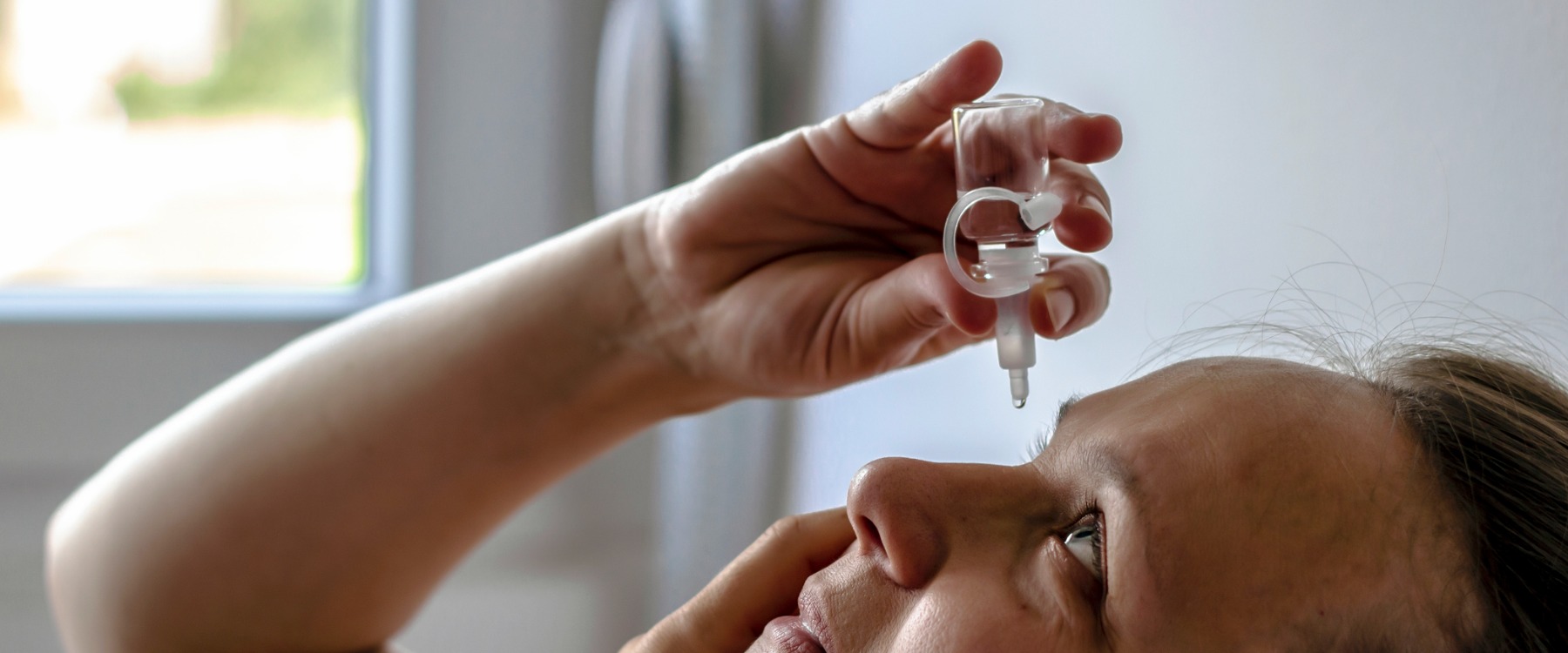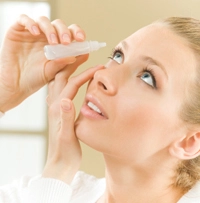Dry Eye Syndrome

What Is Dry Eye Syndrome and How Can It Be Treated?
What is Dry Eye?
Dry eye is a condition in which the outer layer of the eye doesn’t have adequate moisture to function properly. Dry eye syndrome causes many eye issues including blurred or variable vision, discomfort, eye strain, and other irritative symptoms. This syndrome can even irritate the eyes to the point they create tears and cry, a seemingly confounding symptom.
The moisture layer on the front of the eye is comprised of a combination of water, salt, and oils. This moisture layer is intended to constantly lubricate your eyes. These tears keep your eyes from drying out, help sharpen vision, and help remove dust, pollen, and other substances from the eye surface. . These tears are differentiated from moisture that’s released when crying, after being exposed to irritative substances such as soap in the eyes.
There are two forms of dry eye syndrome. The first type occurs when the eye doesn’t generate enough fluid to keep the eye moist. The second type occurs when the eye moisture evaporates too quickly. Both types of dry eye syndrome have similar effects of blurred vision, discomfort, and irritation. There is some overlap in the treatment, but often different steps are required to treat the cause of dry eyes.
Dry eye tear deficiencies can be caused by a number of conditions, illnesses, or medications, and some populations are more at risk of dry eyes than others.


